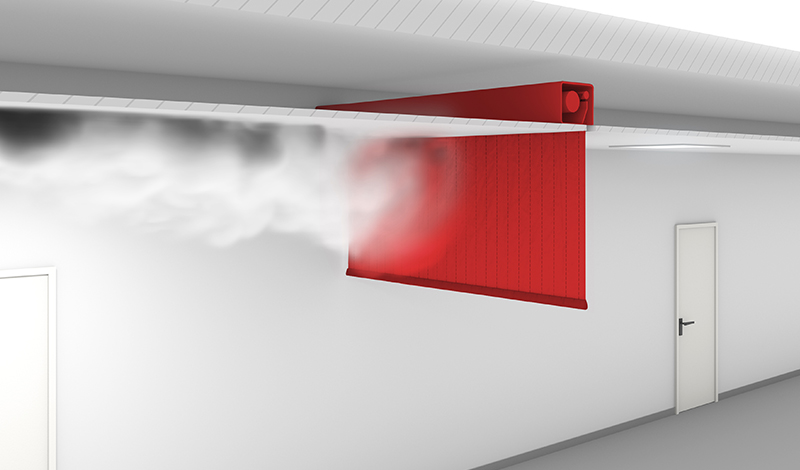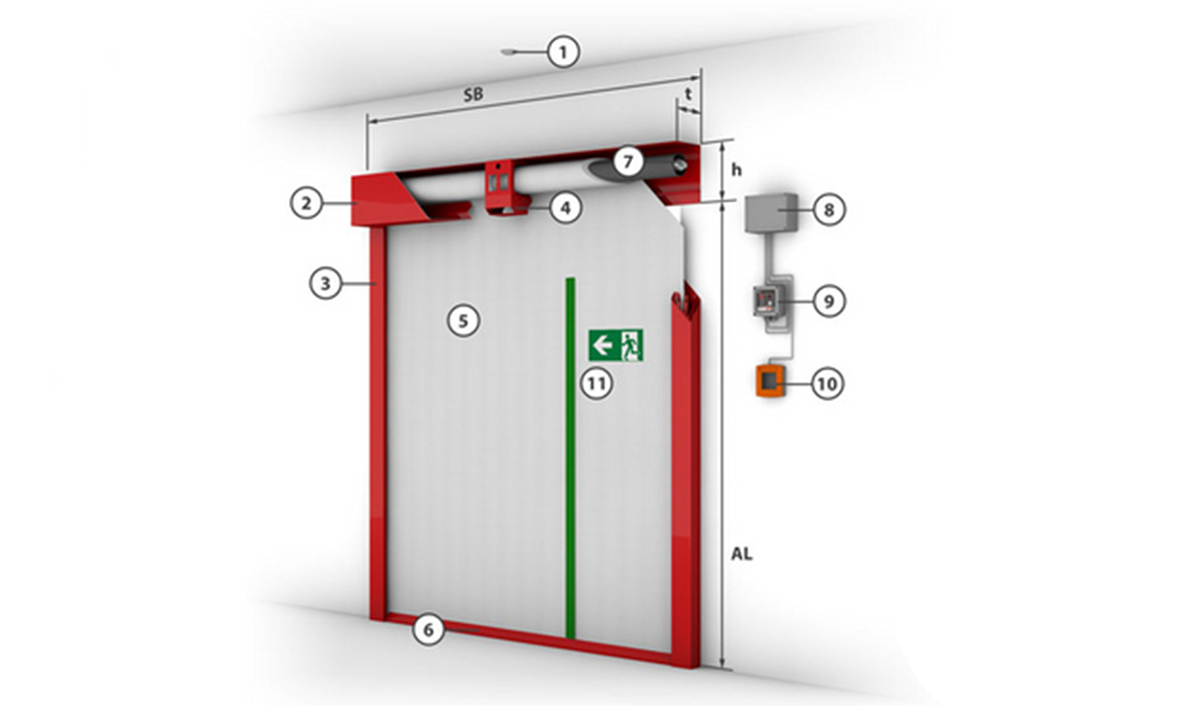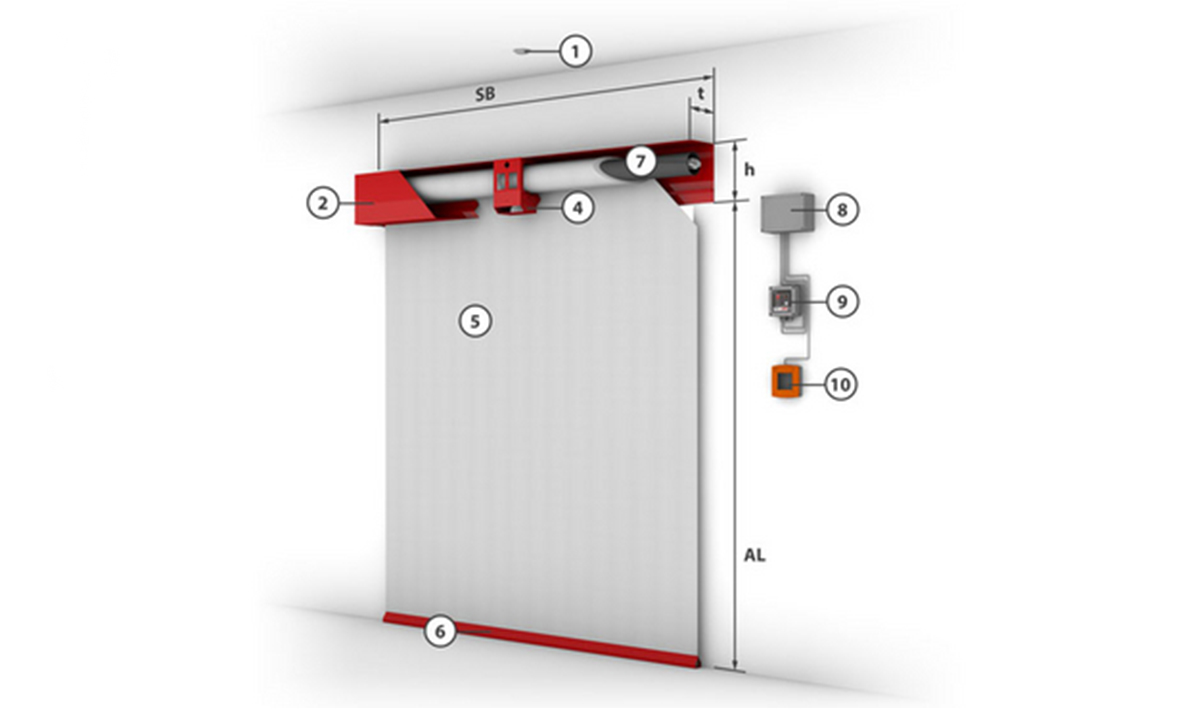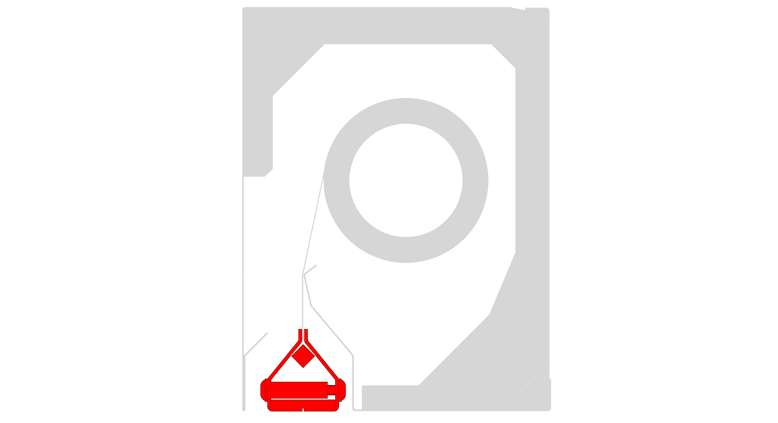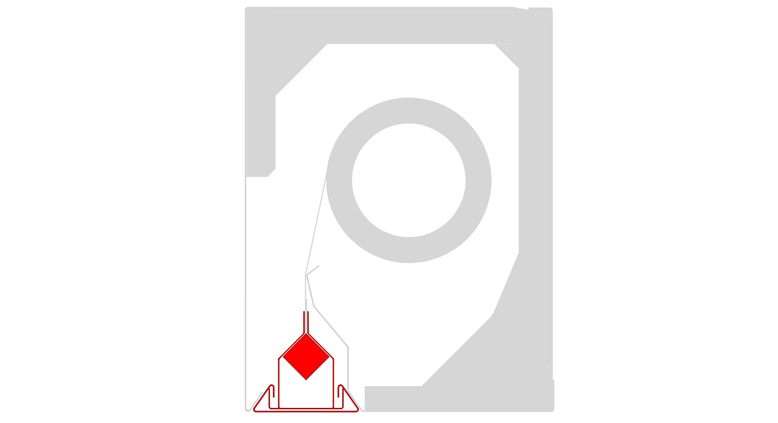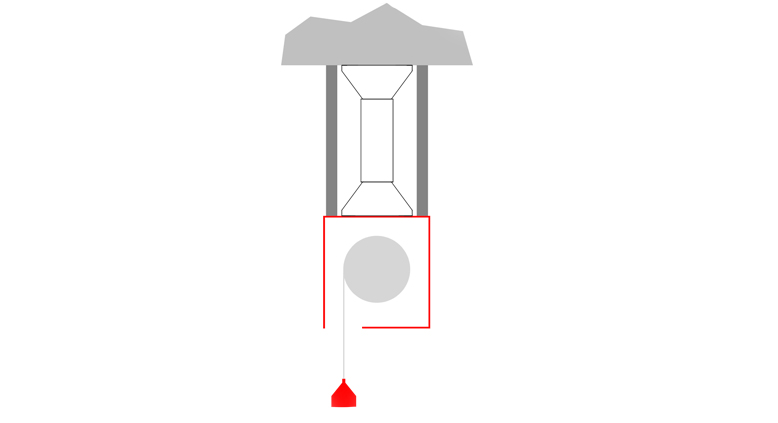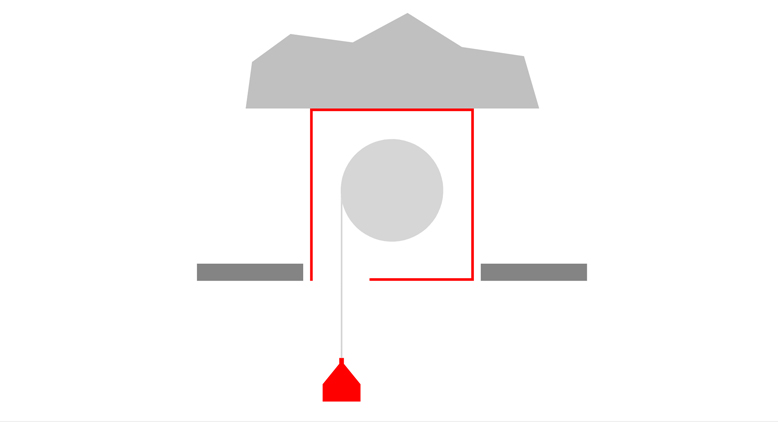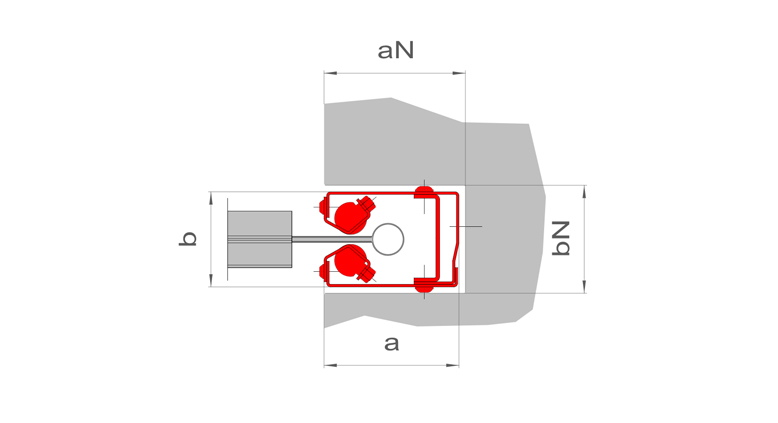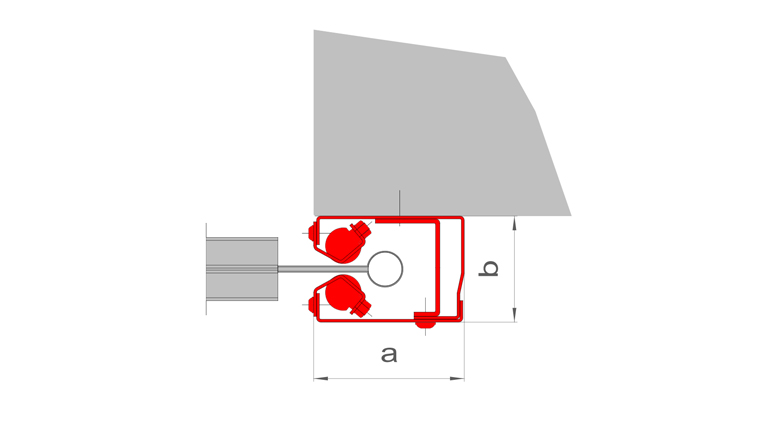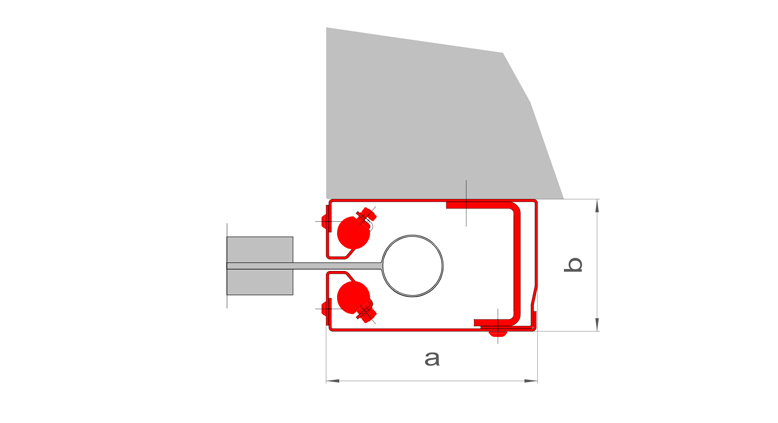Description du produit
Supercoil se distingue notamment par sa flexibilité lors de la réalisation de solutions sur mesure. Le rideau de cantonnement de fumée est fabriqué d'un seul tenant jusqu'à une largeur de 50 m et une longueur de déroulement de 9,5 m et est conçu pour des classes de temps élevées lors de charges de température allant jusqu'à 600 °C (D) et 1 100 °C (courbe ETK - DH). Lors de l'utilisation de coulisses, 0 % de fuite peut être réalisé sur l'ensemble du rideau de cantonnement de fumée. La fermeture se fait sans énergie extérieure avec un moteur d'entraînement « gravitaire ». Supercoil convient également comme rideau de cantonnement de fumée à fermeture au sol et structurant l'espace et peut être équipé d'une traversée pour le passage de personnes. D'autre part, la construction astucieuse offre la possibilité d'une combinaison avec le rideau de cantonnement de fumée franchissable Stripecoil.
